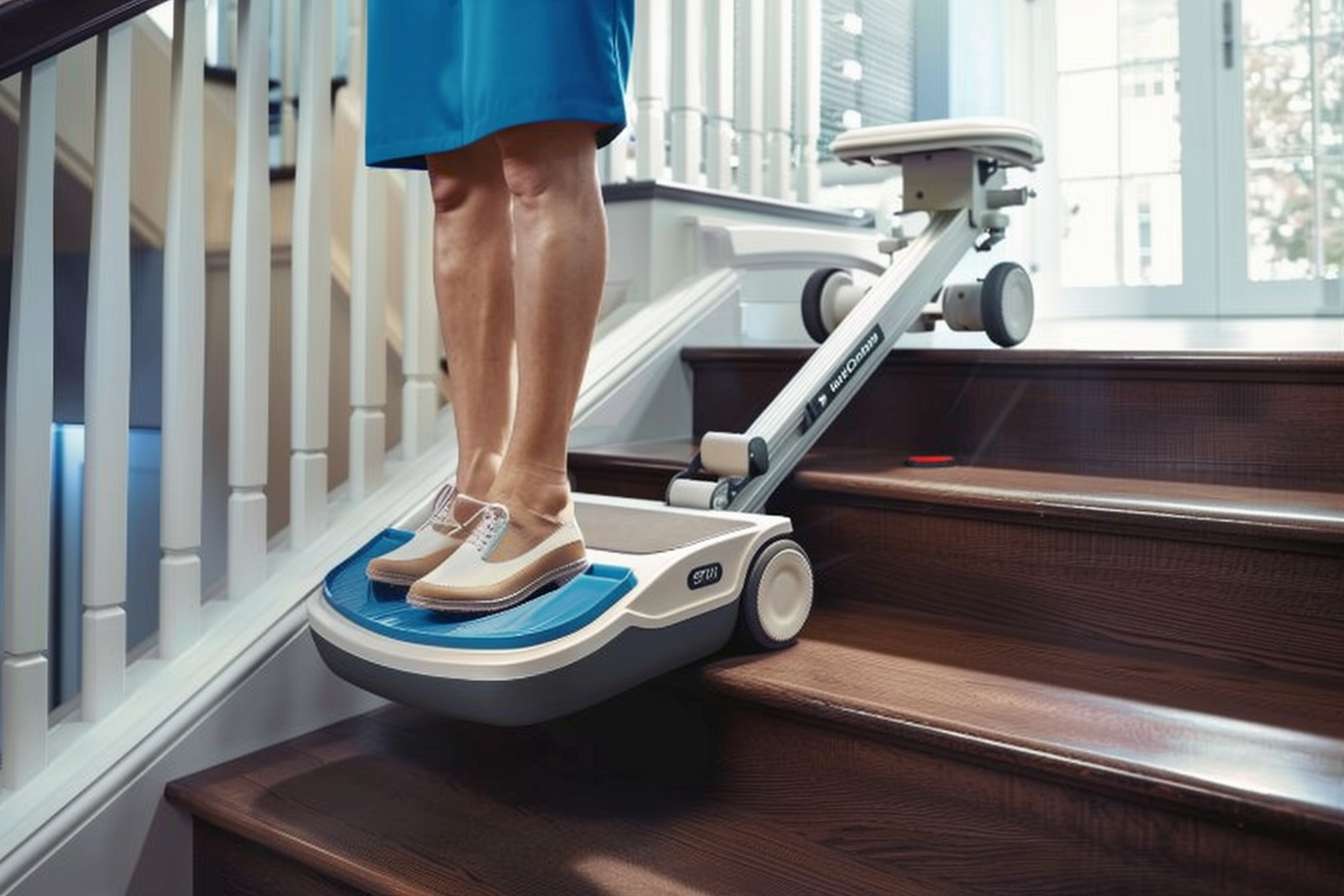Portable Stairlifts: Enhancing Accessibility and Independence
Portable stairlifts deliver a flexible, cost-effective way for people with limited mobility to move between floors safely. Ideal for renters, travelers, or temporary needs, these mobile systems provide accessibility, independence, and peace of mind with safety features like obstacle sensors and backup power. Learn how portable stairlifts compare to fixed installations and whether they suit your home or recovery needs.

Why choose a portable stairlift?
Portable stairlifts offer a practical alternative to permanently mounted units, giving users freedom and accessibility without long-term alterations to their home. They are designed for people who need a dependable way to traverse stairs but want the option to move the device between locations or avoid structural modifications. Because they typically cost less upfront and can be rented or transported, portable stairlifts are a common choice for temporary residences, frequent travelers, or those in the process of evaluating long-term mobility solutions.
Who benefits most from portable stairlifts?
These devices serve a broad range of users. Wheelchair users who prefer to remain in their wheelchair rather than transfer to a dedicated seat can find certain mobile models ideal. Older adults with reduced balance, stamina, or strength also gain a safer, less strenuous way to access multiple levels. People recovering from surgery or injury often use portable stairlifts during rehabilitation to preserve independence while minimizing fall risk. Caregivers also appreciate the convenience and reduced physical strain that a portable unit provides when assisting someone with mobility limitations.
Which staircases work with portable stairlifts?
One of the main advantages of portable models is their adaptability. Many are optimized for straight staircases and standard residential dimensions, while newer, more advanced units can cope with moderate curves or turns. Suitability depends on stair width, rise and run, angle of incline, and the presence of landings or tight turns. Before purchasing or renting, it’s important to measure the staircase and consult a mobility specialist or the manufacturer. A professional can confirm whether a specific portable model will fit and operate safely on your staircase.
Built-in safety and reliability features
Manufacturers build numerous safety measures into portable stairlifts to protect users and caregivers. Common features include secure restraints or seat belts to hold the user during transit, textured or non-slip surfaces on seats and footrests, and emergency stop controls for immediate halting. Many units incorporate obstacle detection sensors that automatically stop the lift if something blocks the track. Backup batteries or auxiliary power systems are often included so the stairlift remains usable during power outages. These elements, combined with regular maintenance, help ensure consistent, safe performance.
Comparing portable and fixed stairlifts
| Feature | Portable Stairlifts | Fixed Stairlifts |
|---|---|---|
| Portability | Can be moved between locations | Permanently mounted to the staircase |
| Installation | Minimal or no permanent modifications | Professional installation required |
| Versatility | Usable on multiple staircases or sites | Designed for a single staircase layout |
| Upfront cost | Typically lower initial expense; rental options available | Higher initial investment, tailored to space |
| Customization | Limited sizing and configuration choices | Fully customizable to the staircase shape and decor |
| Maintenance | May need more frequent checks for transportable parts | Often lower maintenance with permanent setup |
Prices, rates, or cost estimates mentioned in this article are based on the latest available information but may change over time. Independent research is advised before making financial decisions.
The right choice depends on your needs: portable units excel when flexibility, temporary use, or lower short-term cost is a priority. Fixed stairlifts are preferable if you want a long-term, highly customized installation with potentially higher weight capacities and a more integrated look.
Practical considerations before buying or renting
Assess how you will use the stairlift: daily long-term access versus short-term rehabilitation support will point toward different solutions. Measure stairs carefully and factor in doorways, landings, and storage for a portable device when it’s not in use. Check weight capacities and user comfort features like padded seating, armrests, and swivel functions. If you’re a caregiver, think about how easy the unit is to operate, transport, or stow.
Warranty, service plans, and availability of replacement parts are important. Some providers offer rental options or trial periods that let you evaluate a portable stairlift before committing to purchase. Always confirm whether a unit includes safety features such as automatic braking, obstacle sensors, and battery backup.
Making the most of a portable stairlift
To get the best performance and longevity from a portable stairlift, schedule regular inspections and follow the manufacturer’s maintenance recommendations. Train caregivers and users on safe operating procedures, including proper use of restraints and emergency stops. If your mobility needs change, consult a specialist to reassess whether a portable solution remains appropriate or if a fixed installation would be more suitable.
Final thoughts
Portable stairlifts have emerged as a valuable tool for improving access and preserving independence for people with mobility challenges. They combine affordability, flexibility, and essential safety features that make stairs manageable without committing to home alterations. Whether for temporary recovery, rental housing, or travel, portable stairlifts expand options for safe, dignified movement between floors. Speak with a mobility professional to evaluate models, confirm compatibility with your staircase, and find the solution that best supports your daily life.





